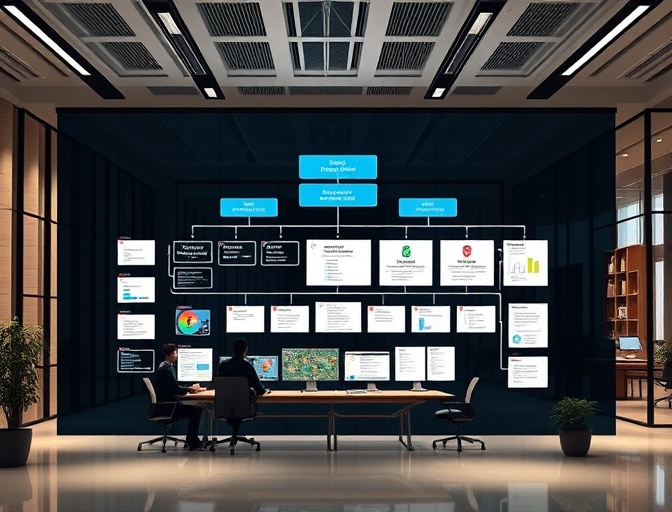The Talent Retention Revolution
Beyond compensation: creating environments where top talent chooses to stay and grow with your organization.

In today's competitive landscape, the battle for top talent has evolved far beyond salary negotiations and benefit packages. Organizations are discovering that true talent retention lies in creating environments where exceptional people don't just work—they thrive, grow, and choose to build their careers.
The New Retention Paradigm
The traditional approach to talent retention focused heavily on compensation and perks. While these elements remain important, research consistently shows that top performers are motivated by factors that go much deeper than monetary rewards. They seek purpose, growth, recognition, and environments that align with their values.
Consider this: 70% of high-performing employees report that career development opportunities are more important than salary increases when deciding whether to stay with an organization. This shift represents a fundamental change in how we must think about retention strategies.
The Five Pillars of Modern Retention
1. Purpose-Driven Work
Top talent wants to understand how their work contributes to something larger. Organizations that clearly articulate their mission and connect individual roles to meaningful outcomes see 40% higher retention rates.
2. Continuous Learning & Development
High performers are inherently growth-oriented. Providing structured learning paths, mentorship programs, and opportunities to acquire new skills keeps them engaged and invested in their future with the organization.
3. Psychological Safety
Creating environments where people feel safe to take risks, share ideas, and make mistakes without fear of retribution is crucial. Psychological safety drives innovation and keeps creative minds engaged.
4. Recognition & Impact Visibility
Regular recognition that highlights specific contributions and shows how individual work impacts broader organizational success creates emotional investment in outcomes.
5. Autonomy & Flexibility
Trust-based environments that give talented individuals autonomy over how, when, and where they work demonstrate respect for their professionalism and expertise.
Implementing the Revolution
Transforming your retention strategy requires a systematic approach that addresses each pillar while maintaining consistency across the organization. Start by conducting retention interviews with your top performers to understand what keeps them engaged and what might cause them to leave.
Next, audit your current practices against the five pillars. Where are the gaps? What quick wins can you implement immediately? Which areas require longer-term strategic investment?
"The organizations that win the talent war won't be those who pay the most, but those who create environments where exceptional people can do their best work while growing into their full potential."
Measuring Success
Track both quantitative and qualitative metrics to gauge the effectiveness of your retention efforts. Key indicators include:
- Voluntary turnover rates among high performers
- Employee engagement scores
- Internal promotion rates
- Time-to-productivity for new hires
- Employee Net Promoter Score (eNPS)
Remember that retention is not just about keeping people—it's about keeping the right people engaged, motivated, and contributing at their highest level. When you create environments where top talent naturally wants to stay and grow, you're not just improving retention; you're building a sustainable competitive advantage.
The Path Forward
The talent retention revolution is not a destination but an ongoing journey. As the workforce continues to evolve, so too must our approaches to creating environments where exceptional people choose to build their careers.
Organizations that embrace this revolution—those that look beyond traditional retention methods to create truly engaging, growth-oriented environments—will find themselves not just retaining top talent, but attracting it from competitors who haven't yet made this crucial shift.
The question isn't whether you can afford to invest in comprehensive talent retention strategies. The question is whether you can afford not to.

